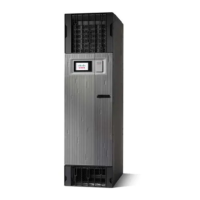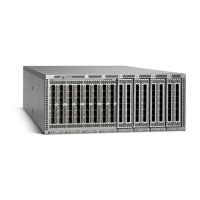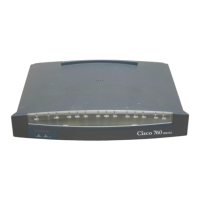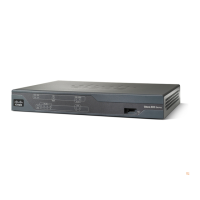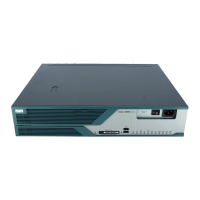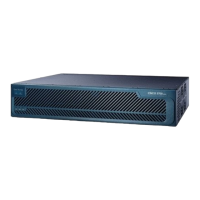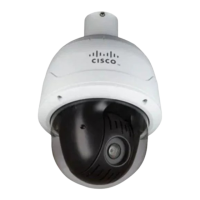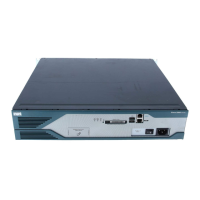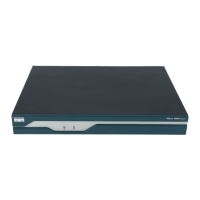2-5
Cisco Network Convergence System 6000 Series Routers Site Planning Guide
OL-29236-02
Chapter 2 Power and Cooling
DC Power Systems
• All power connection wiring must conform to the rules and regulations in the National Electrical
Code (NEC) and any local codes. In addition, make sure that the wiring conforms to any internal
requirements at the installation site.
• Each DC power source must comply with the safety extra-low voltage (SELV) requirements in
UL 60950-1, CSA-C22.2 No. 60950-1, EN60950-1, AS/NZS 60950, and IEC60950-1.
• A DC-powered system should be installed in a restricted access area in accordance with the
National Electric Code, ANSI/NFPA 70.
• All components in the area where DC input power is accessible must be properly insulated.
DC Input Power Cables
Each power tray contains four pairs of double-stud terminals (RTN, –48V/–60V) for connecting DC
input power. Each power tray contains up to four PMs.
The requirements for the DC input power connections are as follows:
• For DC input power cables, select the appropriate wire gauge based on the National Electrical Code
(NEC) and local codes for –48 VDC (nominal), 50 A DC input voltage, or –60 VDC (nominal),
40 A DC input voltage. Up to four pairs of cable leads, source DC (–) and source DC return (+), are
required for each power tray, depending on the number of DC PMs installed. These cables are
available from any commercial cable vendor. All input power cables for the chassis should have the
same wire gauge and cable lengths should match within 10 percent of deviation.
• Each DC input power cable is terminated at the power tray by a cable lug. The terminal block lug
opening width is 0.62 inches (15.75 mm). The terminal posts are centered 0.63 inches (16 mm) apart
and are 1/4-20 thread. We recommend that you use a 90-degree angle, industry-standard, dual-hole,
standard barrel compression lug (Figure 2-3).
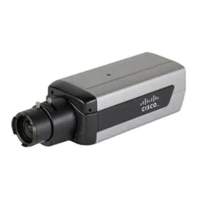
